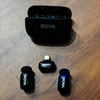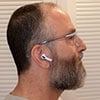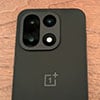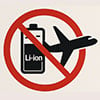We may earn commissions when you buy from links on our site. Why you can trust us.
The Boya Mini 2 Mic System Is Compact and Affordable, but Not Reliable
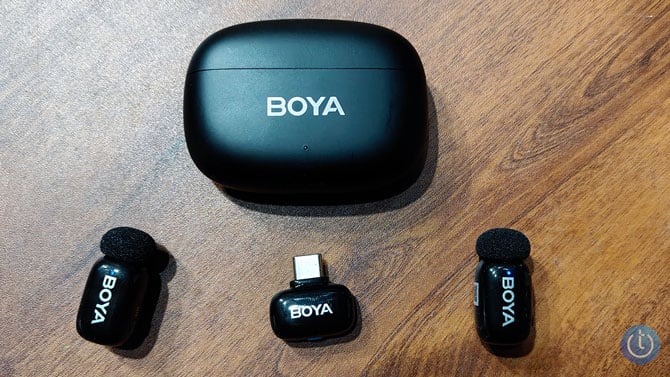
The secret to making great videos has nothing to do with the camera, the tripod, or the sliders that help you get those sweet zoom shots. It's audio. If your video sounds bad, people won't watch it. That's why, when a creator is packing their gear, microphones get packed first.
While microphones aren't the biggest devices, they can take up a good amount of room in your bag. That's why the Boya Mini 2 microphones caught my attention at the IFA technology show in Berlin this fall. These microphones are impossibly tiny, to the point of being adorable. So I was happy to take them for a spin (tested with my iPhone 17 Pro).
The Boya Mini 2 microphone system I tested has five components. There are two lavalier (lav) microphones, two receivers (one for USB-C and one for Lightning), and the charging case for the mics. The receiver draws power from the host device, typically a phone.
The petite size necessitates some sacrifices. First, the mics only clip to your subject's clothes. Many other lav mics have a magnet built into the clip that allows more flexibility in how you attach them. The other thing that is missing is a signal on the receiver that indicates the mic is working.
Read more:SoundPEATS PearlClip Pro: Affordable Open-Ear Comfort, Solid Sound
On more than one occasion during my testing, I would review the footage only to find that the mics weren't working, and I couldn't be sure why. Perhaps the receiver wasn't seated properly, or the mics just failed to connect. Whatever the case, the audio was recorded from the iPhone's built-in mics instead. Many microphone receivers have a light or a display that shows when a signal is being received. These do not, but there are two workarounds.
First, the Boya app shows a sound level indicator, which can tell you that the mic is working. But you can't see that in the Boya app when you're recording video on that same phone. Blackmagic has a free camera app that includes a volume indicator on the interface, so I was able to use that to verify the mic was working correctly while filming.
Read more: Plaud Note Pro Is a Smarter Way to Capture Meetings
As for sound quality, the microphones come with active noise cancellation (ANC) built in. I tested them in three environments – next to a noisy street, in a quiet neighborhood, and at home at my desk. I compared the Boya to the far more-expensive DJI Mic 3 ($329.00), which is my usual setup. Overall, I preferred the DJI Mic 3's sound, but not by a lot. The Boya Mini 2 microphones sounded a bit muted with ANC on, which is generally fine. But overall, I preferred the more natural sound of the DJI Mic 3.
The Boya Mini 2 kit I tested costs $39.99. I like the idea of them, including the price, but they're simply not reliable enough. Imagine being out for a day shooting video on a tradeshow floor, only to get back to your hotel room and find out that only half of your videos are usable.
But Boya Mini 2 might be a good choice for a new creator who doesn't want to invest a ton of money in a mic system, or for a seasoned vet who wants a cheap backup to toss into a bag. The BlackMagic camera app is a good workaround on your phone to make sure they're doing what they need to. But the bottom line is they're not reliable enough to be a primary microphone for a full-time creator.
[Image and video credit: Adam Doud/Techlicious]

